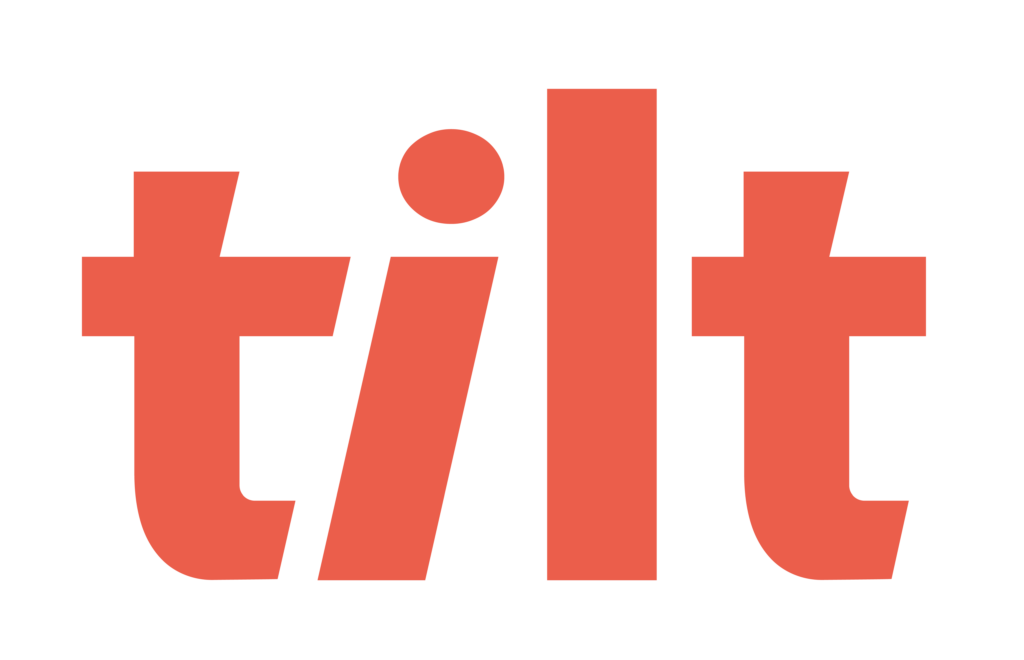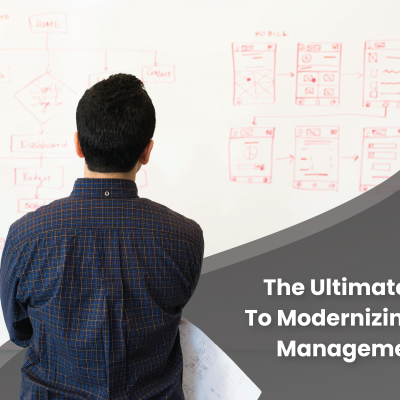Like a cross-country family car trip or doing your taxes, implementing new HR software can be a complex process that requires careful planning, collaboration, and execution.
So strap on your seat belt and take a journey along this comprehensive roadmap to a better leave of absence management solution for your HR team, your employees, and your organization as a whole.
Following the steps outlined below, which identify key information, decisions, and stakeholder involvement, can lead you out of the land of never-ending frustration into a life of easy leave management.
1. Auditing Your Existing Leave Management Processes
Here are some ways you might be describing the way you currently manage leaves of absence:
“It’s a [bad word]show.”
“It’s a cluster[different bad word].”
“Spreadsheet hell.”
“A nightmare I never wake up from.”
As descriptive, and likely accurate, as those sentiments are you’ll need to bring more than that to your C-suite if you want their buy-in for some leave management relief.
By auditing your existing leave management process thoroughly they can begin to understand why modernization isn’t a “nice to have,” but a “need to have” for your organization to function properly (and for you and your team to keep your sanity).
- Step 1: Assess Current Leave Processes
- Document your current leave processes and workflows.
- Identify pain points, inefficiencies, gaps, and compliance risks in your current process.
- Collect feedback about your process from your team and the employees you’re trying hard to support.
- Step 2: Inventory Existing HR Software
- List all existing HR software and tools being used.
- Evaluate the functionality, benefits, and limitations of each. Excel and Google Sheets warriors…we see you.
- Step 3: Data Security Analysis
- Analyze current data management practices and identify and data integrity risks and issues.
- Assess integration capabilities, or lack thereof, with other systems.
- Tilt Tip: Involve IT
- Collaborate with your IT team to ensure a comprehensive audit and to add an internal stakeholder to your cause early while you’re at it.
2. Researching Modern Leave of Absence Solutions
Now that you’ve conducted an audit and established that your current leave management process isn’t tenable, it’s time to take those findings and research solutions that remedy these inadequacies once and for all.
- Step 1: Define Requirements For Success
- Identify and prioritize key features and functionalities needed in the new software that are non-negotiables.
- Consider scalability, compliance, user-friendliness, empathetic support, and integration capabilities.
- Step 2: Market Research
- Conduct market research to identify potential leave management software vendors.
- Poll your industry peers to gain insights from actual users.
- Evaluate industry trends and best practices pertaining to leaves of absence and leave laws.
- Step 3: Shortlist Potential Solutions
- Create a shortlist of software solutions based on predefined criteria.
- Tilt Tip: Involve Key Users of the Software
- Gather input from your team managing leaves the old way (which might just be you!) and employees who have previously taken leave at your organization to ensure their requirements are considered.
3. Making the Leave Management Software Business Case
So you’ve established your current process is bad, and you’ve identified modern solutions that are good, the next stop on this journey is to demonstrate the economic benefits of a modern leave management solution vs. keeping things status quo.
- Step 1: Cost-Benefit Analysis
- Calculate the total cost of ownership (TCO) including software, implementation, training, and maintenance.
- Estimate the potential ROI, including:
- Team efficiency gains
- Reduction of employee overpayments
- Capitalizing on state benefits
- Employee retention (especially if employees have left after a leave),
- Strategic planning benefits.
- Step 2: Risk Assessment and Mitigation
- Present potential risks and your plans for mitigating them with the new software, demonstrating a thorough understanding of organizational impacts.
- Step 3: Prepare Business Case Document
- Draft a comprehensive business case document outlining the need for new HR software, expected benefits, costs, and risks.
- Step 4: Highlight Key Benefits
- Emphasize key benefits such as cost savings, improved compliance, better talent management, and enhanced productivity.
- Step 5: Provide Evidence and Data
- Use data from the audit of existing systems, market research, and cost-benefit analysis to support your case.
- Tilt Tip: Involve Senior Management and Finance
- Present the business case to senior management and finance to underscore the financial drains of your existing processes with the costs and benefits of a modern solution.
4. Getting Leadership Buy-In For Leave Management Support
So you’ve made your case, how do you get buy-in for the “yes?”
Securing leadership buy-in is critical for the successful implementation of new leave management software and if you’ve noticed a theme, every step along the way thus far has incorporated involving a stakeholder (or stakeholders) outside of your team for a reason.
Leadership support not only provides the necessary resources and backing for your request, but also helps in driving organizational for the better, putting HR leaders in a trusted position of strength within your organization.
Here’s how to ensure leadership buy-in:
Identify Key Stakeholders Early in the Process
- Step 1: List Key Decision Makers
- Identify all key leaders and decision-makers whose support is essential for modern leave management software (e.g., CEO, CFO, CIO, CHRO).
- Step 2: Understand Their Perspectives
- Understand their priorities, concerns, and how the new software aligns with their strategic goals.
Communicate the Vision
- Step 1: Craft a Clear and Compelling Message
- Develop a narrative that explains the need for new HR software, its benefits, and the positive impact on the organization through the lens of both their priorities and your own.
- Step 2: Align with Business Objectives
- Show how the new HR software aligns with and supports broader business objectives such as improving efficiency, reducing costs, enhancing employee experience, and enabling data-driven decision-making.
Engage in Dialogue
- Step 1: Organize Meetings and Presentations
- Schedule meetings with individual leaders and group presentations to discuss the new leave management software initiative.
- Step 2: Listen and Respond
- Actively listen to their feedback, address concerns, and incorporate their input into the plan where feasible.
Build a Coalition of Support
- Step 1: Identify Champions
- Identify and cultivate champions among leadership who are enthusiastic about the new leave software and can influence other decision makers in your organization.
- Step 2: Leverage Support
- Use the support of these champions to build broader buy-in across the leadership team.
Maintain Ongoing Engagement
- Step 1: Regular Updates
- Provide regular updates to leadership on the progress of the implementation, highlighting milestones and successes.
- Step 2: Solicit Feedback
- Continuously solicit feedback from leadership and make adjustments to the implementation strategy as needed.
- Step 3: Celebrate Achievements
- Recognize and celebrate achievements and milestones to maintain momentum and leadership support.
Tilt Tip: Involve Leadership Early and Often
- Initial Buy-In
- Ensure leadership is involved from the outset, during the auditing and research phases, to understand the foundational need for new HR software.
- Ongoing Support
- Keep leadership engaged throughout the process to ensure continuous support and to address any emerging concerns promptly.
5. Selecting the Right Leave Management Software
With leadership support, all that is left to do is select the software that works best for you and your organization.
Not all advancements in leave software are created equal, so it’s important to balance ease of use with empathy and economics.
- Step 1: Detailed Vendor Evaluation
- Conduct product demos and trials.
- Evaluate vendor reputation and customer reviews.
- Consider:
- Expertise
- Empathy (leaves of absence are very human affairs)
- Compliance
- Data security
- Scalability
- Integration
- Ease-of-use
- HR and employee support
- Adheres to current leave laws
- Manages all leave types
- Manages all company leave policies
- Implementation support
- Education (for employees and their managers)
- Step 2: Final Selection
- Compare shortlisted solutions and select the best fit for your organizational needs.
- Tilt Tip: Involve Cross-Functional Team
- With your selection decided, form a cross-functional team including HR, IT, and finance to make the final selection.
6. Implementing New Leave Software
Congrats! You selected a new leave software and your leave management woes are soon to be behind you.
Now let’s get the operation running. Below are the steps necessary to ensure a successful implementation of your chosen leave software. By following this structured approach, you can achieve a seamless transition that benefits your HR team, employees, and the organization as a whole.
Let’s dive into the details and get ready to turn your leave management vision into reality.
- Step 1: Implementation Planning
- Working with your new leave partner, develop a detailed implementation plan with timelines, milestones, and responsibilities.
- Plan for data migration, integration, customization, and user training.
- Step 2: Customization and Configuration
- Customize the software to meet your specific organizational needs and policies.
- Familiarize yourself with workflows and configure user roles, and permissions.
- Step 3: User Training and Change Management
- Provide a comprehensive training guide for all users.
- Implement proven change management strategies to ensure user adoption.
- Step 4: Go-Live
- Execute the go-live plan, including communication to all stakeholders so when an employee needs to request a leave they know what to do.
- Monitor the system closely during the initial period and work with your new leave partner for support.
- Step 8: Post-Implementation Review
- Conduct a post-implementation review to assess project success and identify any further improvements.
- Tilt Tip: Software Vendor Involvement
- Your new leave partner should provide clear steps to successfully implement your new leave software for efficient and effective adoption.
You Deserve A Better Way To Manage Leave
Modernizing HR software, especially for leave management, can seem as daunting as deciding who has control over the road trip playlist. However, with careful planning, collaboration, and execution, you can transform this complex process into a smooth journey.
From auditing your current processes to selecting and implementing the right software, each step outlined above is designed to guide you toward a seamless transition. By following this roadmap, you can leave behind the frustrations of outdated systems and embrace efficient, compliant, and user-friendly leave management.
Tilt stands out as an optimal choice for modern leave management software, offering a comprehensive solution that makes every stop on your leave management roadmap a breeze.
With Tilt, you benefit from leave of absence expertise, empathetic support, robust compliance measures, and efficient integration capabilities.
Choose Tilt to ensure a successful transition to modern leave management, enhancing productivity and employee satisfaction across your organization.
Tilt is leading the charge in all things leave of absence management through easy-to-use tech and human touch. Since 2017, our proprietary platform and Empathy Warriors have been helping customers make leave not suck by eliminating administrative burdens, keeping companies compliant, and providing a truly positive and supportive leave of absence experience for their people.







